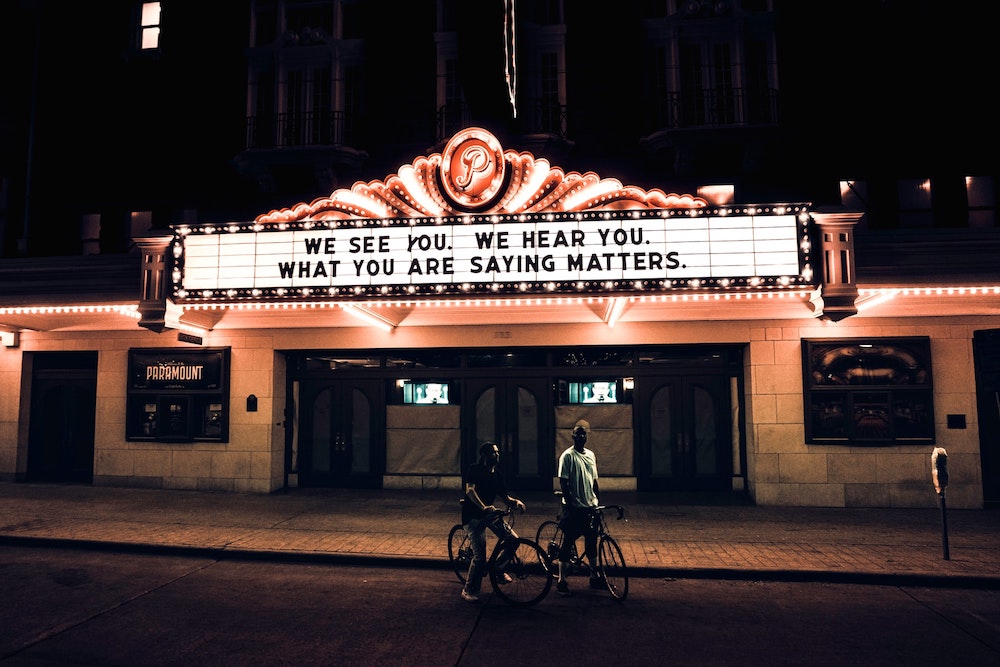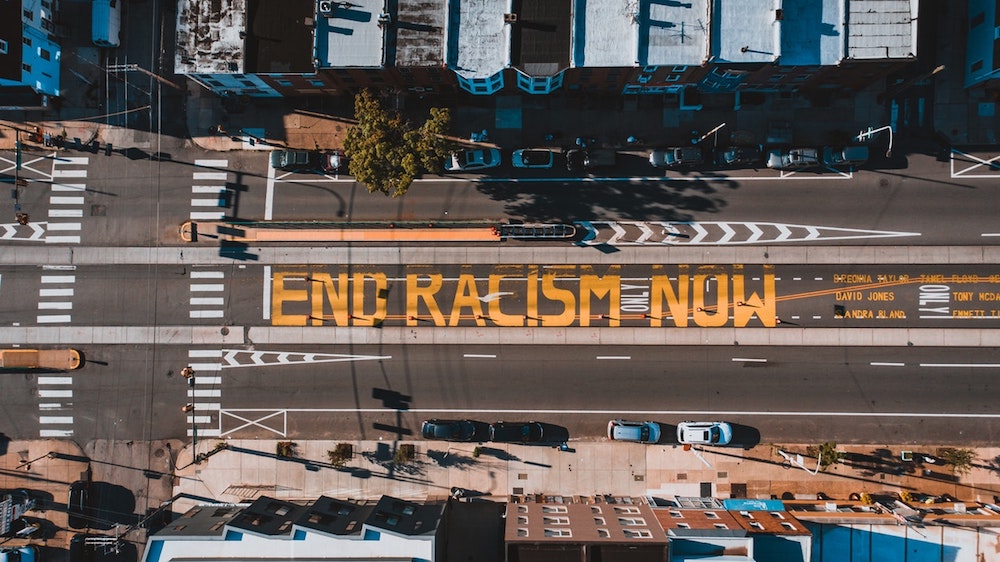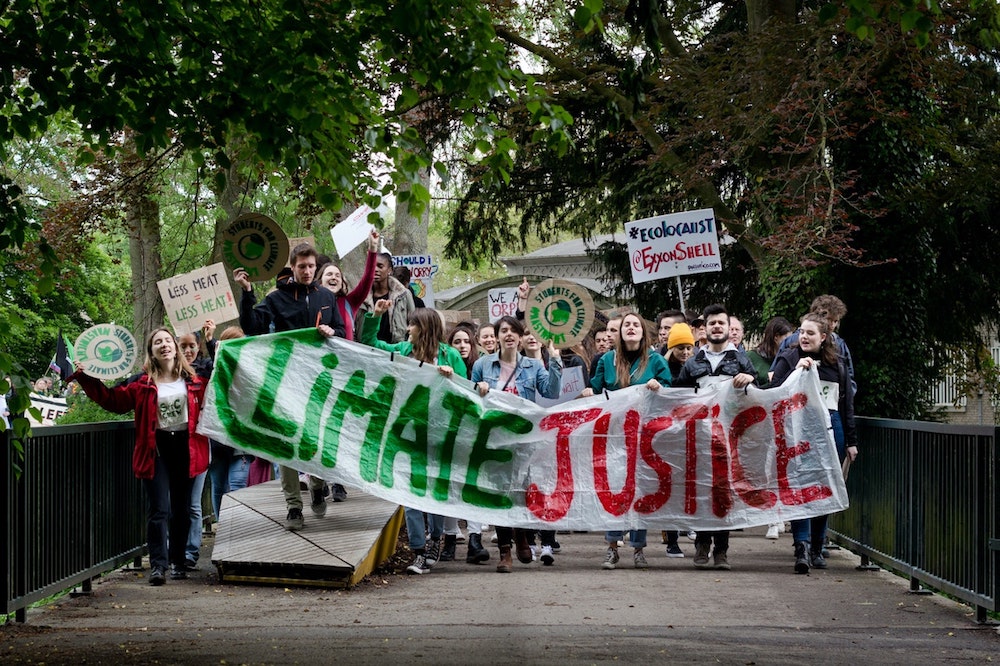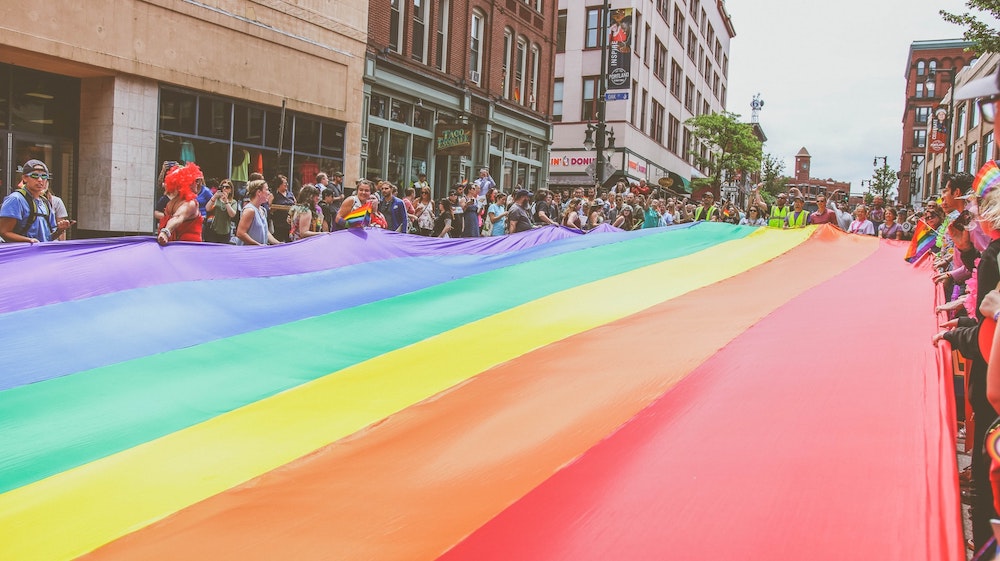Mohawk’s Royce Epstein shares why it’s important for design to include alternate views of history, to be more inclusive, and shape a new present and future. Stay tuned for more 2021 trend predictions all month long!

2020 has proven to be a year of upheaval. With a catastrophic pandemic, social unrest, economic instability, and an ongoing climate crisis, people around the world are feeling profoundly demoralized. Americans have also endured a long election cycle that has been divisive at best. In our design community, many of us feel helpless and stuck. Others have mobilized with urgency to address some of the issues that continue to challenge society. That is one of the best things about 2020, to see people come together in action, using design, to help humanity and our planet. But where to start? There is so much to do!

Activism in Design
In all aspects of society, it is time to look at social movements under the larger intersectional umbrella of human and civil rights including feminism, LGBTQIA+ rights, and advocacy for BIPOC. So many of these are especially relevant at this moment in time – particularly Black Lives Matter, decolonization, climate change, and the evolution of democracy in America and abroad. And while these are all movements that are driving massive societal change today, we must recognize that these social issues have long existed throughout history. So while we are looking at cultural trends for 2021, and we know that social issues are drivers of these trends, we can see an increased interest, action, and desire to make change, using design at the forefront.

Younger generations like Gen Z and Millennials are more aware of social issues and are more empathic towards human and environmental justice. They have grown up with the internet, seeing a global perspective. They tend to align their social values with how they consume and they are demanding change. This deviates from older generations, who generally have been taught to accept the status quo. Today, young people want to associate with companies and organizations that stand for social justice, especially since nowadays we often rely on corporations rather than government to address social movements.
When you add in the adversity and injustice that we all see on repeat online, on TV, and in the streets, we have a new generation of activists. This causes pressure on older generations to create positive change from a sense of social responsibility. The surviving students at Marjory Stoneman Douglas High School in Parkland, Florida are a good example of this, as is the immense influence of teenage climate activist Greta Thunberg. Social media has really aided in motivating people from screens to the streets, due to its expediency and immediacy in mobilizing people as well as providing cohesion for social causes.

Shaping Society By Design
So how can design shape social movements? We need to consider design’s role, as well as expand the definition of design to be more inclusive of all people, more expansive of the definition of design, as well as demanding outcomes from design. As designers, we can communicate the ubiquity of design and its part in challenging authority and effecting change. We can utilize design thinking to be more strategic in problem solving. After all, design has promise and impact. Design can change behavior in a useful way or inspire action. When we design things, whether it be a public space, a building, an object, or an experience, we need to tell a story about all of humanity. As designers, we can create that and provide solutions as well as resources that give back to the community. We must also look to designing the future. How can space, place, experiences, and tools help all humans to feel included, seen, and heard? Additionally, how can we do no harm? And how can we share resources so everyone has access to design?
As designers, we can communicate the ubiquity of design and its part in challenging authority and effecting change.
Designing for social impact not only covers all fields of design, like architecture, industrial design, graphics, and fashion, but also seeks to expand the definition of design to include placemaking, experience, performance, and action. Design isn’t just about tangible things like the built environment or objects but is more inclusive of experience and interactions. Placemaking, for example, refers to the design of public space or the intervention of that space for the expression of public assembly or dissent. As for performance, this isn’t meant literally in the theater or music sense (although it can be), but rather in action. Hence the word “activism” which comes from creating actions. For performance, elements of protest are mixed with design and art, costumes, singing, marching, music, etc. A design action is a moment in time, and it often communicates a message of dissent. As a visual, design can help define and shape a movement or provide identity. Graphic design has especially been instrumental in this. The Pride flag is one of the best examples of this. Designed in 1978 by Gilbert Baker, the rainbow striped flag has gone on to embody the LGBTQIA+ community and allies both as an object and a visual graphic, and has become one of the most famous examples of design activism.

Alternate Views and Voices
Design also needs to create alternate views of history to be more inclusive of outside voices, and also shape a new present and future. History has been written through a specific dominating lens that has excluded people of color, women, indigenous people, and anyone exploited by colonization. It is time to listen to those who have been marginalized, participate in a respectful dialogue, include all stories, and design with value systems that differ from the norm. We will need to dismantle systems that are outdated and exclusionary. This is a new opportunity for designers to create spaces, products, graphics, etc. that are compassionate and serve all of humanity. We need to do this work so that society functions well for all people, and our planet not only survives – but thrives.

